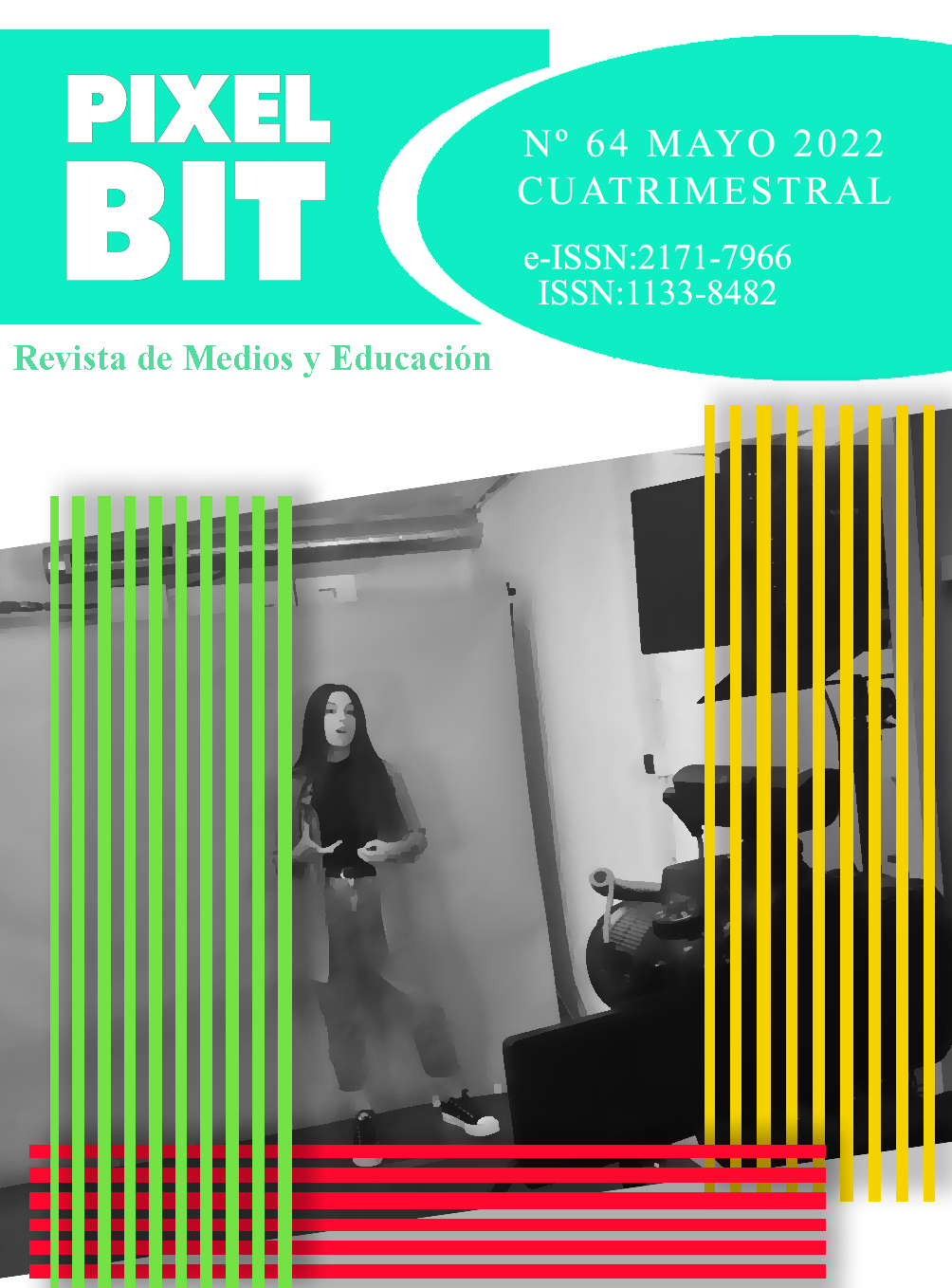Resumen
La adquisición de competencias digitales permite el desarrollo de las personas en diversas áreas de la sociedad. En el caso de muchos jóvenes, y en especial de los futuros docentes, dicha adquisición es obtenida a través del uso cotidiano de tecnologías digitales. Disponer de instrumentos para medir competencias digitales, considerando diversos propósitos de uso, puede contribuir a retroalimentar la formación de estas competencias en procesos de formación inicial docente. Esta investigación tuvo como propósito analizar psicométricamente la Escala de Propósitos de Uso y Competencias Digitales (EPUCD). Una muestra de 618 estudiantes de pedagogía de dos universidades chilenas contestó un cuestionario que mide frecuencia de uso académico, recreativo, social y económico, utilizando DigComp como marco de competencias digitales. Los procedimientos estadísticos realizados (AFE, AFC y cálculo coeficiente de fiabilidad compuesta y varianza extraída media) permitieron obtener evidencias adecuadas de validez de estructura interna, validez discriminante y consistencia interna de este instrumento. Las aceptables propiedades psicométricas de la EPUCD permiten que se ponga a disposición de la comunidad académica un instrumento que contribuya a develar cómo los futuros docentes hacen uso de las tecnologías digitales, permitiendo de esta forma retroalimentar el proceso de formación inicial docente.

Esta obra está bajo una licencia internacional Creative Commons Atribución-NoComercial-SinDerivadas 4.0.
Derechos de autor 2022 Pixel-Bit. Revista de Medios y Educación

